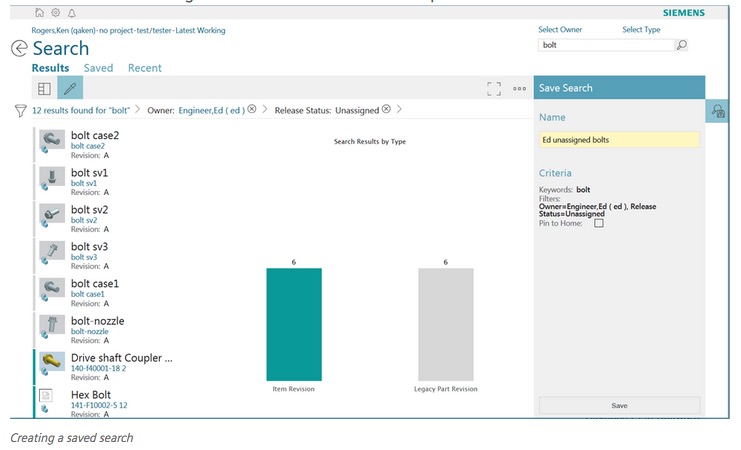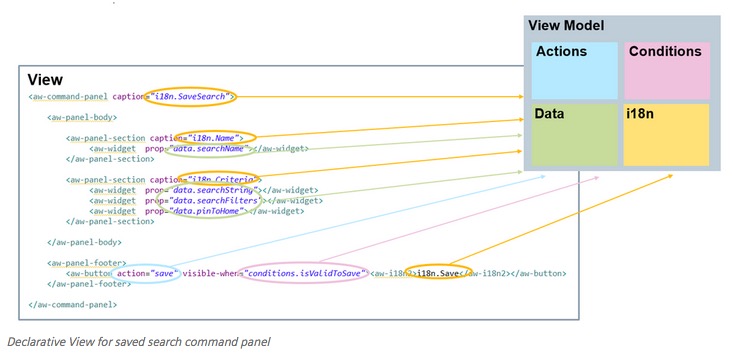 Last week I attended Autodesk Accelerate event in Boston. If you missed my notes, you can catchup here. One of my favorite sessions, was a panel with users. The fascinating answer provided by Jennifer Walker of Amsafe was about simplicity of changes and administration of Fusion Lifecycle. She asked about simplification of the data model and UI customization. According to her, adding a property is still a problem and not a simple task to perform for users.
Last week I attended Autodesk Accelerate event in Boston. If you missed my notes, you can catchup here. One of my favorite sessions, was a panel with users. The fascinating answer provided by Jennifer Walker of Amsafe was about simplicity of changes and administration of Fusion Lifecycle. She asked about simplification of the data model and UI customization. According to her, adding a property is still a problem and not a simple task to perform for users.
It was shocking. PLM companies are working on data models, user interface, flexibility and simplification for the last 20 years. Why customers are still complaining?
I found latest videos online about Autodesk Fusion Lifecycle implementations and administration. Check the following AU2016 video – Fusion Lifecycle Admin 101. If you’re user experience and PLM addict, you can spend some time of your weekend watching it.
Fusion Lifecycle administration is clearly better comparing to some administration user experience I still remember in PLM systems 15-20 years ago. But I can also understand the comment from customers – it is not simple.
I wonder if other PLM vendors are doing any better. So, I did a bit more of Google and found 2 examples of PLM administration and customization I wanted to share with you.
The first one came from Aras Innovator. Watch this short video how to customize Item Type in Aras and draw your conclusion. The idea of Aras customization is similar to Fusion Lifecycle, in my view. It requires understanding of basic terms – class, attributes, etc. And it is configuration – you don’t need to deal with custom code.
Another example came from Siemens PLM Teamcenter. Navigate your browser to the following article – Declarative UI Configuration with Active Workspace. The article speaks about nuts and bolts of Active Workspace UI customization – new flagship user interface development from Siemens PLM. The article is not for an average PLM user. You can take a quick course of HTML and JavaScript before. I actually liked it very much. The ideas of Teamcenter are good, but I doubt even very experienced PLM administrator will risk touching this level of customization and will ask for service providers to do that.


What is my conclusion? The demand for simplification is high these days. Consumer technologies are setting high barrier for enterprise software. Users are expecting the same ease of intuitiveness in their enterprise software as they see at home in consumer web sites and mobile devices. So, comparing to consumer apps, PLM implementation complexity is a big deal. Over the last few years, PLM conversations about how to implement PLM shifted from bits and bytes of technology to business transformation and change process management. While the later is important, we should not to forget about nuts and bolts of data management and user interface customization. PLM vendors are focusing more on user experience and paying attention to user interface. Still, it is not good enough. Just my thoughts…
Best, Oleg
Want to learn more about PLM? Check out my new PLM Book website.
Disclaimer: I’m co-founder and CEO of OpenBOM developing cloud based bill of materials and inventory management tool for manufacturing companies, hardware startups and supply chain. My opinion can be unintentionally biased.
The post Complexity of data models and user interface in PLM appeared first on Beyond PLM (Product Lifecycle Management) Blog.





Be the first to post a comment.